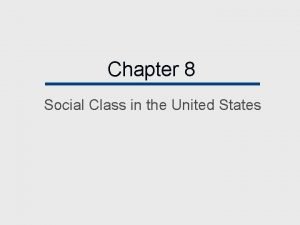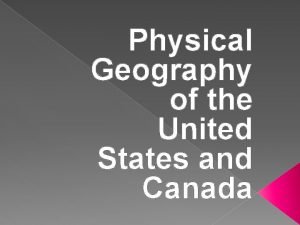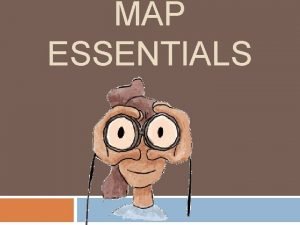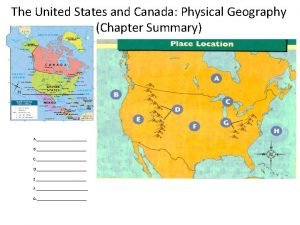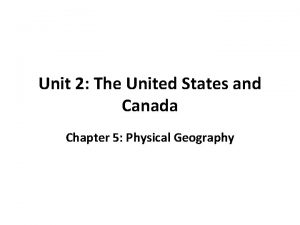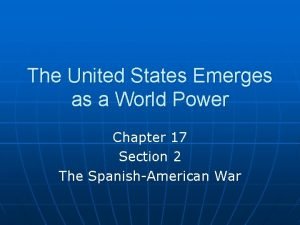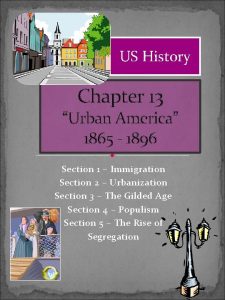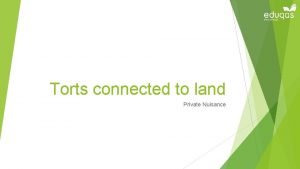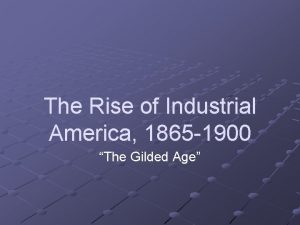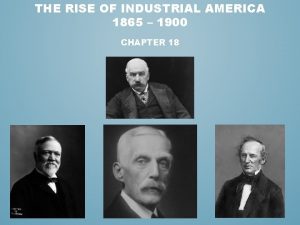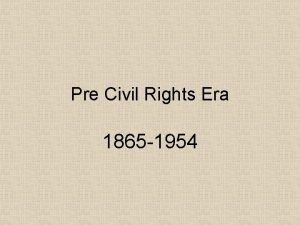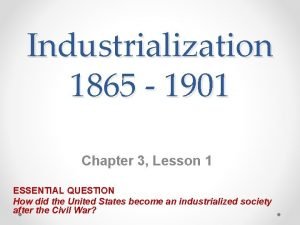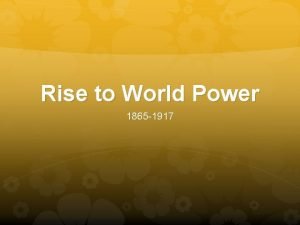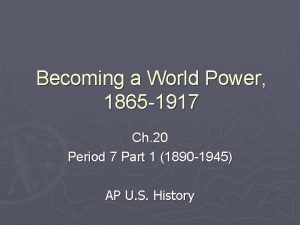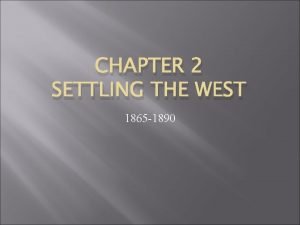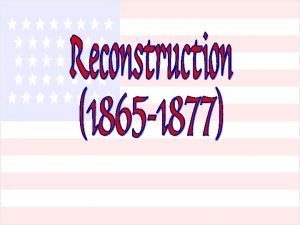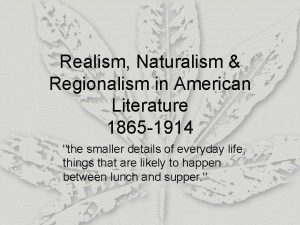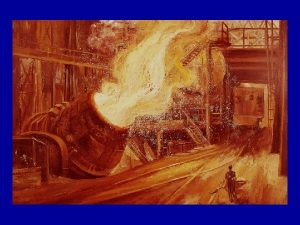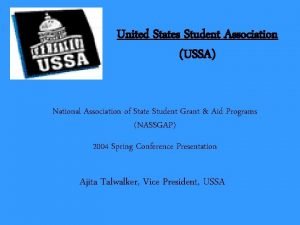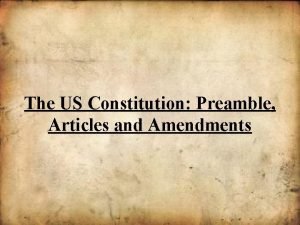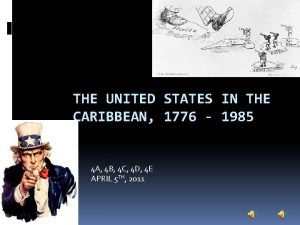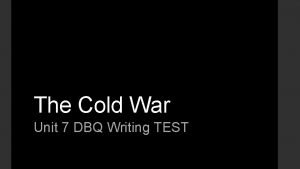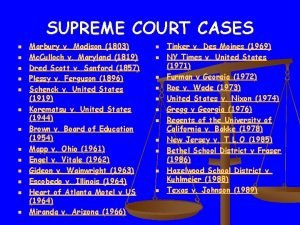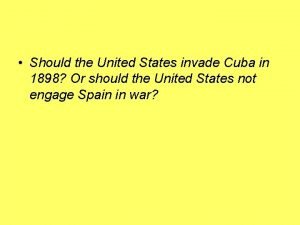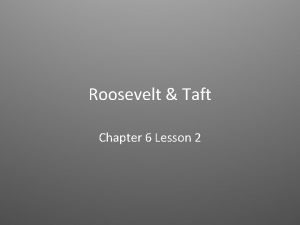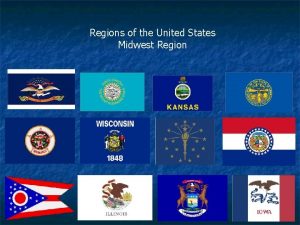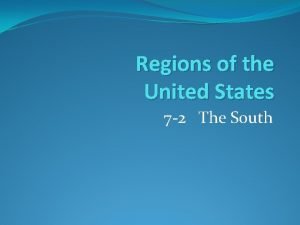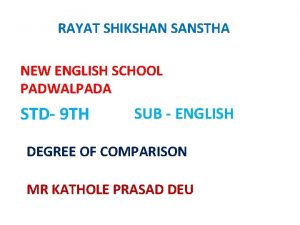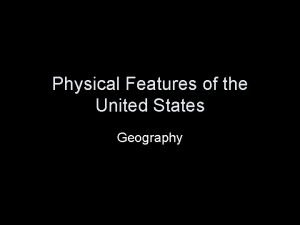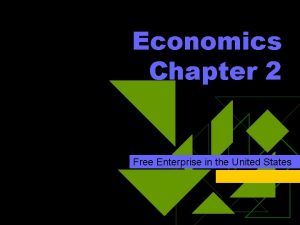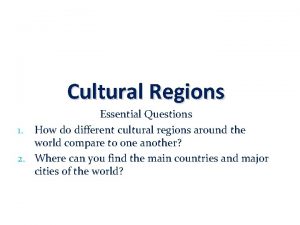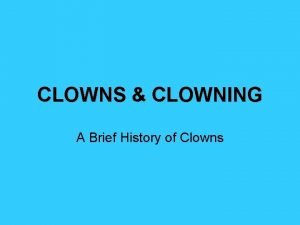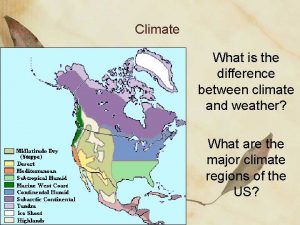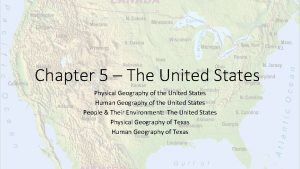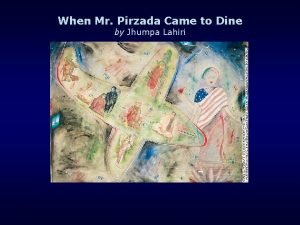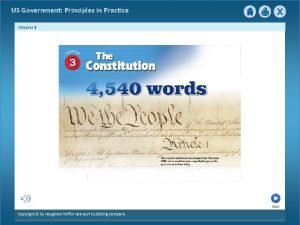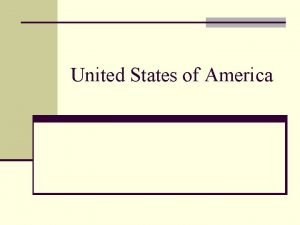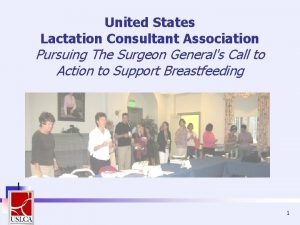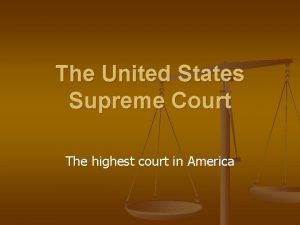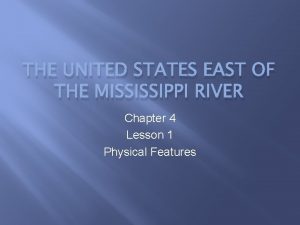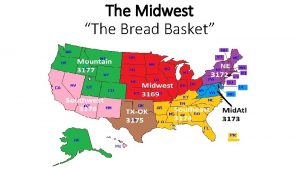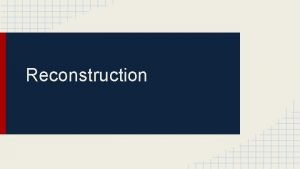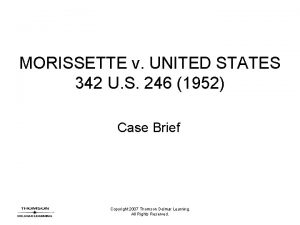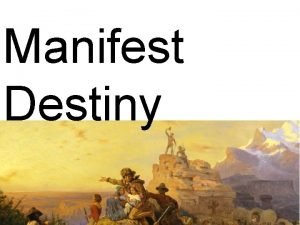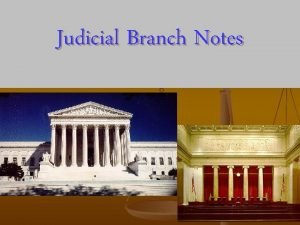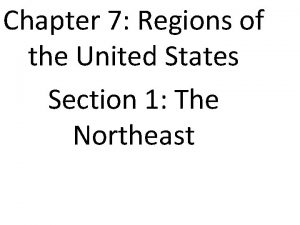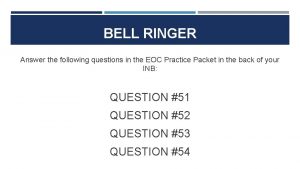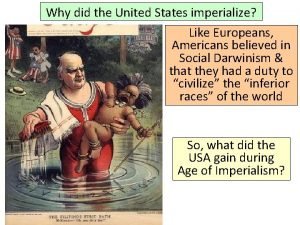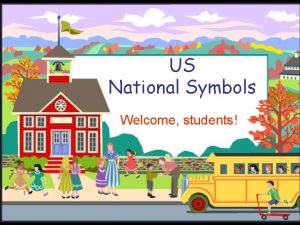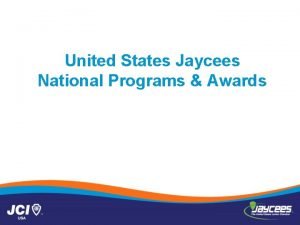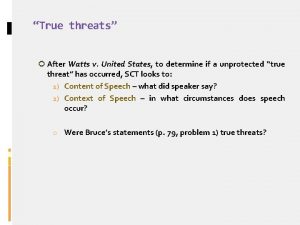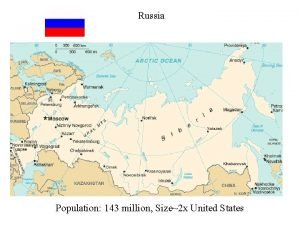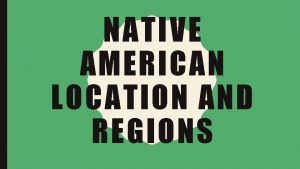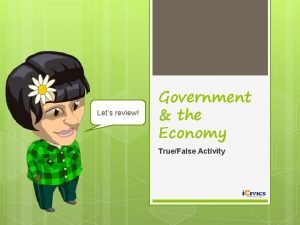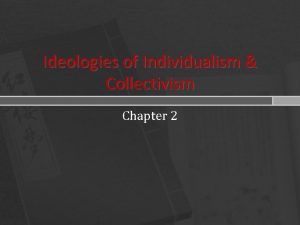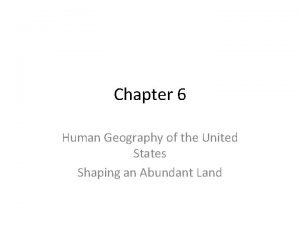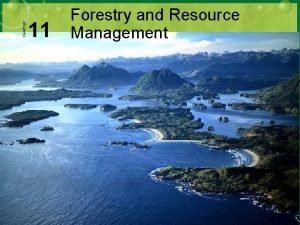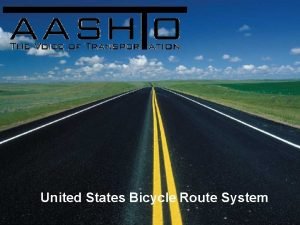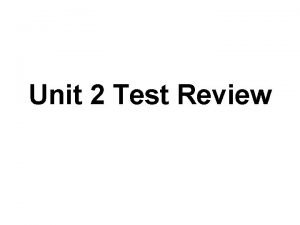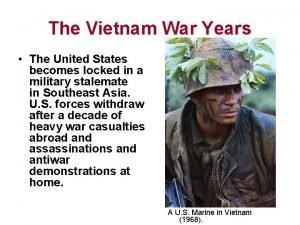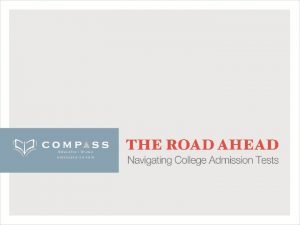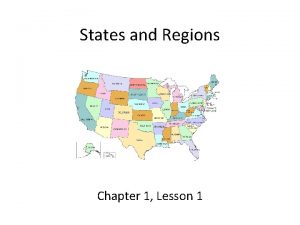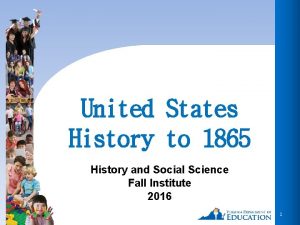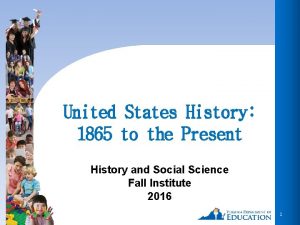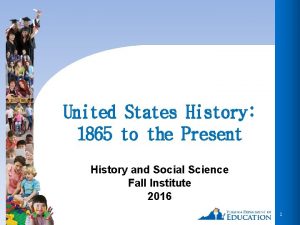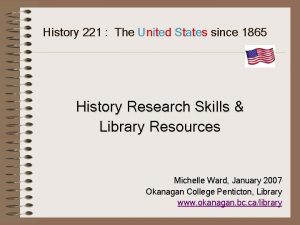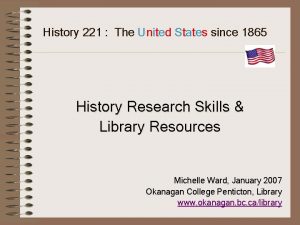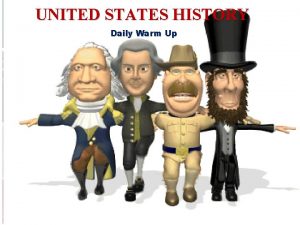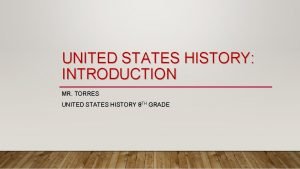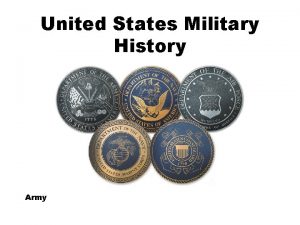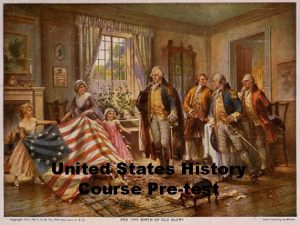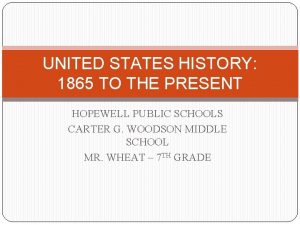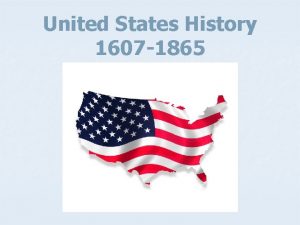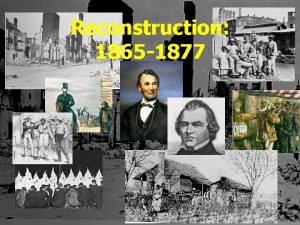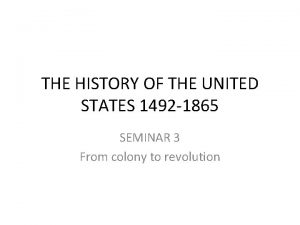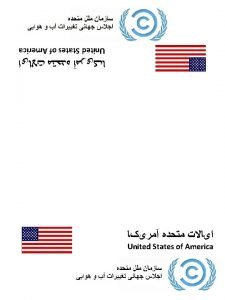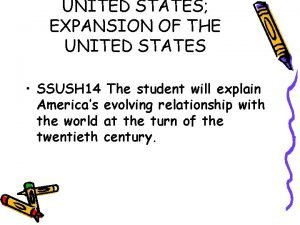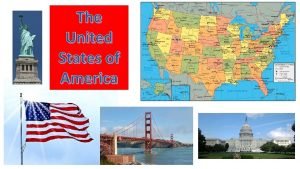United States History to 1865 History and Social




















































































- Slides: 84

United States History to 1865 History and Social Science Fall Institute 2016 1

DISCLAIMER Reference within this presentation to any specific commercial or noncommercial product, process, or service by trade name, trademark, manufacturer or otherwise does not constitute or imply an endorsement, recommendation, or favoring by the Virginia Department of Education

Questions to Ask During Planning Essential Components in Planning an Effective Lesson using the 2015 History and Social Science Standards of Learning • • What do students need to know and understand by the end of this lesson? What do students need to do during this lesson? Which historical thinking skills are best suited for this standard? What other content material should be added to provide historical context and richness to the lesson in order to maximize student understanding of the standard? • What student learning experiences would be most effective during this lesson? • How can I check for understanding effectively and accurately to measure the students’ content knowledge and historical thinking skills? 3

It starts with the. . . 4

5

2015 SOL Skill Progression 6

2015 SOL Skill Progression 2008 Standards: Understand content 2015 Standards: Understand content by applying the skill. Skills are aligned with English Standards 7

Experiences for Essential Skills What are Experiences? 8

The experiences should be – • engaging, • rigorous with higher level thinking questions, • relevant (connecting time periods, places, and events to the present day).

Experiences Are. . . Are NOT. . . • Engaging- promoting discussion, collaboration, and understanding • Opportunities to practice social science skills using various content • Varied throughout the lesson to help students make connections • Worksheets • Specific to one Standard, topic, or course 10

Today’s Learning Opportunities • Build an awareness of changes in the new Standards of Learning for History & Social Sciences • Become familiar with skills related to Standard 1 • Explore strategies and learning experiences that will promote rigorous social studies instruction

Overview of Revisions There is now an expectation that students move from “demonstrate knowledge” to “apply social science skills” to the content. 12

What does this mean for our teaching? 13

Essential Skills The following “learning experiences” will focus, at minimum, on the following skills: 1 a – using information sources 1 b- applying geographical skills 1 h – using decision making models 14

1 a – Using Information Sources The student will demonstrate skills for historical thinking, geographical analysis, economic decision making, and responsible citizenship by… analyzing and interpreting artifacts and primary and secondary sources to understand events in US History. 15

What are Primary Sources? “The tools of historians” 16

Introducing Primary Sources: Library of Congress

Visible Thinking Image – Thinkingpz. org 18

19

See-Think-Wonder OR Observe-Reflect-Question 20

Paul Revere’s Engraving: News report or Propaganda? Image – Boston Massacre Historical Society http: //www. bostonmassacre. net/gravure. htm

Take it up a notch… Title of Informational Source: Key Elements Evidence Observation: What do you see? Source: Who created the source? Context: Where is the source located in terms of time and place? Historical Perspective: Whose point of view does the source represent? Analysis: What is the source’s impact on history? 22


Image – Teach. USHistory. org http: //www. teachushistory. org/second-great-awakening-age-reform/resources/boston-massacre-champney

Paul Revere’s Engraving • Engraving is a printing process in which an image is cut or carved into a wooden block or metal plate. Ink is then applied to the block or plate to create the image on paper; color is added only after printing. • Produced just three weeks after the Boston Massacre, this historic engraving was probably the most effective piece of war propaganda in American history. • Not an accurate depiction of the actual event, it shows and orderly line of British soldiers firing into an American crowd and includes a poem that Revere most likely wrote.

Bufford’s Chromolithograph (1856) • Lithography is printing technology, invented in Germany in 1798, based on the chemical repellence of oil and water. • Shows people firing into the crowds from the balconies. Colonists are also on both sides of the soldiers who, according to witness statements, should be formed into a semi-circle close to the Custom House stairs. • Crispus Attucks is front and center, showing him as a martyr/hero instead of a victim. • He created this work at the height of the Abolitionist movement in Boston and the U. S.

Take a Stand: What do YOU think happened? Directions: • Stand up if you think Paul Revere’s account is more accurate. • Stay seated if you think Bufford’s account is more accurate. • Listen to me read the summary of the Boston Massacre. You may change your opinion at any time. Be prepared to justify why you decided to sit down or stand up when you did. We will count again at the end of the summary.

How can you apply this in your classroom? • USI group with Nicole • USII group with Aaron 28

1 b. Applying Geographical Skills The student will demonstrate skills for historical thinking, geographical analysis, economic decision making, and responsible citizenship by… analyzing and interpreting geographic information to determine patterns and trends in United States history 29

Why Maps? v Make connections v Observe and analyze v Promote inquiry v Draw conclusions v Show change over time v Gain perspective

Compare and Contrast http: //www. vahistorical. org/sva 2003/sov_southerners. pdf

Compare and Contrast http: //www. vahistorical. org/sva 2003/sov_southerners. pdf

Possible Questions to Ask Students Brainstorm questions to ask students about the similarities and differences between the two maps. 33

Where Do I Find Awesome Maps? http: //www. virginiamemory. com/online_classroom/ http: //www. encyclopediavirginia. org/ http: //www. loc. gov/topics/maps. php

Introducing: Map Puzzles

Historical Map Investigation http: //www. loc. gov/teachers/primary-source-analysis-tool/

Map Puzzles 1. Look at the LETTER on the back of your map. 2. Meet with others who have the same letter. 3. Record what you see (Observe), think (Reflect) and wonder (Question) on your Primary Source Analysis Tool.

Constructing the Complete Map 1. Look at the NUMBER on the back of your map. 2. Meet with others who have the same number. 3. Complete the puzzle. 4. Record new information on your graphic organizer.

Image – Library of Congress 39

Next Level Fun…

Another Geography Tool 5 Themes of Geography • • • Location Place Region Movement Human-Environment Interaction 41

1 h Make Economic Decisions The student will demonstrate skills for historical thinking, geographical analysis, economic decision making, and responsible citizenship by… Using a decision-making model to identify costs and benefits of a specific choice made

Decision Making Models Structures and thought processes people use to make both every day choices and lifechanging decisions 4 3

Student Activity: A Moment in History What is a moment in history in YOUR life that you will never forget?

What were the defining moments for some revolutionaries? Deciding whether or not to… • assist Thomas Jefferson with the drafting of the Declaration of Independence • Become one of King George’s colonial governors • serve next to Deborah Sampson in the Continental Army.

Decision Making Tree 46

Decision Making Tree 47

Additional Ideas for Cost-Benefit Analysis USI. 4 a, b Should Europeans explore North America? Benefits: Economic benefits of gold, natural resources, trade and new farming techniques; the opportunity to spread Christianity; gain new lands for their empires and spread their own cultural beliefs; gain new farming techniques. Costs: Potential for their own death by disease and starvation; facing the fear of the unknown; the harm done to Native Americans during exploration including loss of their land, slavery and death. Historical decision: Spain, France and England explored regions of North America. There were positive cultural and economic interactions but also many areas of conflict. 48

USI. 9: Should Abraham Lincoln have used military force to attempt to prevent Confederate states from seceding? Benefits: Preservation of the Union and the belief that the US was one nation, not a collection of independent states; stopping the spread of slavery (which would become the total abolition of slavery as the war continued); enforcement of the belief that the federal government’s power was supreme over that of the states; Costs: Hundreds of thousands of soldiers dead, family and friends were often pitted against one another; the economic devastation caused by war Historical Decision: Southern states seceded and the Union resisted secession with military force. The economic, political and social effects of the Civil War would be felt into the next century. 49

PACED decision-making model Use a PACED decision-making model to evaluate decisions made in United States history by analyzing the alternatives, criteria, and the decision made. • • • Define the Problem List Alternatives Select Criteria Evaluate the Alternatives Decision

For Example • It is Monday night and you need to decide what to have for dinner. You have the options of Spaghetti, Chicken and Rice and Oven Baked Pizza. • You will base your decision on the time it takes to make the meal, the nutritional value of the meal and the overall taste of the meal. • How can you come up with a decision?

What to eat for dinner? Time to Make Spaghetti Chicken and Rice Oven Bake Pizza Nutritional Value Tasty Problem Criteria Alternatives

What to eat for dinner? Difficulty in making Nutritional Value Tasty Problem Criteria Spaghetti 1 2 2 Chicken and Rice 2 3 1 Oven Bake Pizza 3 0 3 Alternatives

54

What to eat for dinner? Difficulty in making Nutritional Value Problem Tasty Criteria Spaghetti 1 2 (x 2) 2 Chicken and Rice 2 3 (x 2) 1 Oven Bake Pizza 3 0 (x 2) 3 Alternatives

1 a Using informational sources Analyze and interpret artifacts and primary and secondary sources to understand events in US History. 56

Sample Analysis Tool Title of Informational Source: ________ Key Elements Evidence Observation: What do you see? Evidence Source: Who created the source? Evidence Context: Where is the source located in terms of time and place? Evidence Historical Perspective: Whose point of view does the source represent? Evidence Analysis: What is the source’s impact on history? Evidence 57

1 b Applying geographic skills Analyze and interpret geographic information to determine patterns and trends in United States history. 58

5 Themes of Geography Location: Defined according to its position on Earth. Where is it? Place: Locations having distinction features that give them meaning and character that differ from other locations. Region: Unifying characteristics. How are the places similar? Movement: The way people, products move from one place to another Human: Environment Interaction – The relationship between people and their environment. 59

1 e Comparing and Contrasting Compare and contrast historical, cultural, and political perspectives in United States history. 60

Topic: Shays’s Rebellion Reasons for Rebellion People Involved Reactions Results from Government Other differences Source 1: Howard Zinn Farmers In Revolt Source 2: Paul Jackson’s A History of the American People Conclusions: • What were some major differences that you found? • What do you think the reasons were for these differences? 61

62

63

1 h Making economic decisions Use a decision-making model to identify the costs and benefits of a specific choice made. 64

Cost – Benefit Analysis Note: Consider both short-term and long-term while brainstorming. COSTS BENEFITS (things given up) (positive things gained) 65

Student Learning Experiences… 66

Investigate the Boston Massacre • Break students up into station groups • Each student gets a “police report” for each document • Students will rotate to each station and complete the questions on their police report • Post reflection questions at the end for students to discuss and share out. 67

Your task: Your task is to sort through all the evidence and decide who was responsible. As you read the accounts as well as look at the art, please remember that the people and artists have bias, which means that they were on one side or the other. Their perception of the event might change what they see or they may even be willing to lie about the incident. Your job is to sort through all the evidence and try to determine the facts. The people of Boston are extremely angry right now and we want to make sure we do a good job of truly studying the evidence. As you find important information, write it appropriately in your detective notebook. Good luck. . . this might be the hardest case you will ever try to solve. 68

Are you a Patriot or a Loyalist? • Have the students find all the evidence that they have complied over the past class periods for both Patriot and Loyalist • Hand out the decision chart and documents that you want them to analyze • Students work individually or in groups to complete the PACED grid to figure out if they would have been a Loyalist or a Patriot. 69

PACED Problem Alternatives Criteria Evaluate Decide Criteria – What’s Important to me? (Choices) Criteria 1 Criteria 2 Criteria 3 Criteria 4 70

Student Reflection • Explain which side your table decided to join? Was your table divided? Why? • What worked or didn’t work within your group? • In what other unit topics or ways would you find this useful in supporting students experiencing the content? 71

Mapping the Road to War! 72

Mapping the Road to War! • Based on this map and what you already know about the issues between the Patriots and the British, predict the outcome of the war. • Who will win? • Why do you feel this way? • How did the map help make your decision? 73

To Declare or Not…. That is the Question! Using the Declaration of Independence, read over the colonists list of grievances against King George III (Part 3) and decide if declaring war is justifiable. COSTS BENEFITS (things given up) (positive things gained) 74

To Declare or Not…. That is the Question! COSTS BENEFITS (things given up) (positive things gained) Actual Decision Made: ____________________ Alternative Decisions: ____________________ 75

Now it’s your turn… Choose a unit using the new 2015 standards to begin planning for your school year. Work with table mates to plan learning experiences that each of the 4 standards. Today we used: 1 a, 1 b, 1 e, and 1 h 76

Resources for further development Visit: • • • Stanford History Education website Virginia Geography Alliance website www. teachinghistory. org Library of Congress (Primary/Secondary sources) www. loc. gov Virginia Council on Economic Education: vcee. org And remember…… Introduce what historical thinking is, looks like, and sounds like in the classroom. 77

Debrief – Last one! Meet with your content area to discuss where you plan to use a Decision Making Model in upcoming units! 78

Writing to Learn ● Not graded ● Prior to lesson ● Assess student background knowledge ● End of lesson ● Check understanding ● Make Connections ● Answer BIG QUESTION ● Free-write

How can you begin to support teachers NOW, as they begin thinking about next year? What should your role be in regards to successful implementation of new standards/thinking skills?

Questions? 81

82

USI Presenters Katherine Moore Richmond City kmoore 2@richmond. k 12. va. us Melissa Viola-Askey Prince William County Viola. MA@pwcs. edu Beth Davenport Stafford County teachreadcoach 75@gmail. com Nicole Bennett Fairfax NMBennett 1@fcps. edu Meagan Gilliam Buckingham mgilliam@bcpschools. org Jenna Sprinkle Roanoke County jsprinkle@rcs. k 12. va. us Jessica Zumbrum Lee County Jessica. zumbrum@leecountyschools. net 83

Virginia Department of Education Christonya Brown, K-12, History and Social Science Coordinator E-mail: Christonya. Brown@doe. virginia. gov Betsy Barton, Elementary, History and Social Science Specialist Email: Betsy. Barton@doe. virginia. gov Jill Nogueras, English & History and Social Science Specialist Email: Jill. Nogueras@doe. virginia. gov 84
 Us history regents essay
Us history regents essay What are the social classes in the united states
What are the social classes in the united states Awake united states!
Awake united states! United states and canada physical map
United states and canada physical map World map with latitude and longitude lines
World map with latitude and longitude lines Climate zones of the united states
Climate zones of the united states Does canada have mountains
Does canada have mountains Unit 2 the united states and canada worksheet answers
Unit 2 the united states and canada worksheet answers The united states emerges as a world power
The united states emerges as a world power Urban america 1865 to 1896
Urban america 1865 to 1896 St helen’s smelting co v tipping (1865)
St helen’s smelting co v tipping (1865) The rise of industrial america 1865-1900
The rise of industrial america 1865-1900 Four features of industrial manufacturing (1865-1900)
Four features of industrial manufacturing (1865-1900) 1954-1865
1954-1865 Industrialization (1865 to 1901 worksheet answers key)
Industrialization (1865 to 1901 worksheet answers key) Becoming a world power 1865-1917
Becoming a world power 1865-1917 Traits of impressionism
Traits of impressionism Chapter 20 becoming a world power notes
Chapter 20 becoming a world power notes Guided reading activity settling the west 1865-1890 answers
Guided reading activity settling the west 1865-1890 answers Al cruzar una planta de guisantes de flores purpura
Al cruzar una planta de guisantes de flores purpura Art history impressionism
Art history impressionism 1877-1865
1877-1865 American literature 1865 to 1914
American literature 1865 to 1914 Industrialization (1865 to 1901 worksheet answers key)
Industrialization (1865 to 1901 worksheet answers key) 1865 to 1900 inventions
1865 to 1900 inventions Was the united states on the axis powers or allied powers?
Was the united states on the axis powers or allied powers? Sectionalism map of the united states
Sectionalism map of the united states Soccer league hierarchy
Soccer league hierarchy Marshall case
Marshall case United states student association
United states student association The united states ought to provide a universal basic income
The united states ought to provide a universal basic income Preamble
Preamble The united states in the caribbean 1776-1985
The united states in the caribbean 1776-1985 Physical features of the southeast region
Physical features of the southeast region Expansion of the united states of america 1607 to 1853 map
Expansion of the united states of america 1607 to 1853 map How does nicholas novikov describe the united states
How does nicholas novikov describe the united states Prior owner of mexican cession
Prior owner of mexican cession Mapp v ohio
Mapp v ohio We have pacified some thousands of the islanders
We have pacified some thousands of the islanders Chapter 6 lesson 2 guided reading answers
Chapter 6 lesson 2 guided reading answers Midwestern region of the united states
Midwestern region of the united states 7 regions of the united states
7 regions of the united states The united states is the greatest buyer positive degree
The united states is the greatest buyer positive degree What are the major physical features of the united states
What are the major physical features of the united states Fifty united states
Fifty united states Chapter 2 free enterprise in the united states
Chapter 2 free enterprise in the united states Perceptual regions of the united states
Perceptual regions of the united states Grotesque whiteface
Grotesque whiteface Subtropical united states
Subtropical united states Physical geography of the united states
Physical geography of the united states Ibn-tamas v. united states
Ibn-tamas v. united states When mr pirzada came to dine analysis
When mr pirzada came to dine analysis United states government: principles in practice answers
United states government: principles in practice answers What is the geographical position of the united states
What is the geographical position of the united states United states lactation consultant association
United states lactation consultant association Gideon v wainwright significance
Gideon v wainwright significance Which states are east of the mississippi river
Which states are east of the mississippi river Bread basket anatomy
Bread basket anatomy How many states canada
How many states canada United states v. cruikshank apush
United states v. cruikshank apush Morissette v. united states
Morissette v. united states Growth of the united states to 1853
Growth of the united states to 1853 Judicial branch
Judicial branch Fifty nifty states
Fifty nifty states Yosemite sam confederate
Yosemite sam confederate Bell ringer response sheet
Bell ringer response sheet Why did the united states imperialize
Why did the united states imperialize National us symbols
National us symbols United states jaycees
United states jaycees Uscdi
Uscdi Selected population pyramids in the united states
Selected population pyramids in the united states Watts v united states
Watts v united states Polovtsian
Polovtsian Native american tribes in the united states
Native american tribes in the united states Melting pot vs salad bowl
Melting pot vs salad bowl Activity 1 let's review
Activity 1 let's review Individualism principles
Individualism principles Chapter 6 human geography of the united states
Chapter 6 human geography of the united states States west of the mississippi river
States west of the mississippi river In the united states, most logging takes place in ________.
In the united states, most logging takes place in ________. United states bicycle route system
United states bicycle route system What is the current intraregional migration trend in the us
What is the current intraregional migration trend in the us United states vietnam
United states vietnam Superscore act meaning
Superscore act meaning 5 regions of united states
5 regions of united states

